Pollen counter - Find out local pollen levels
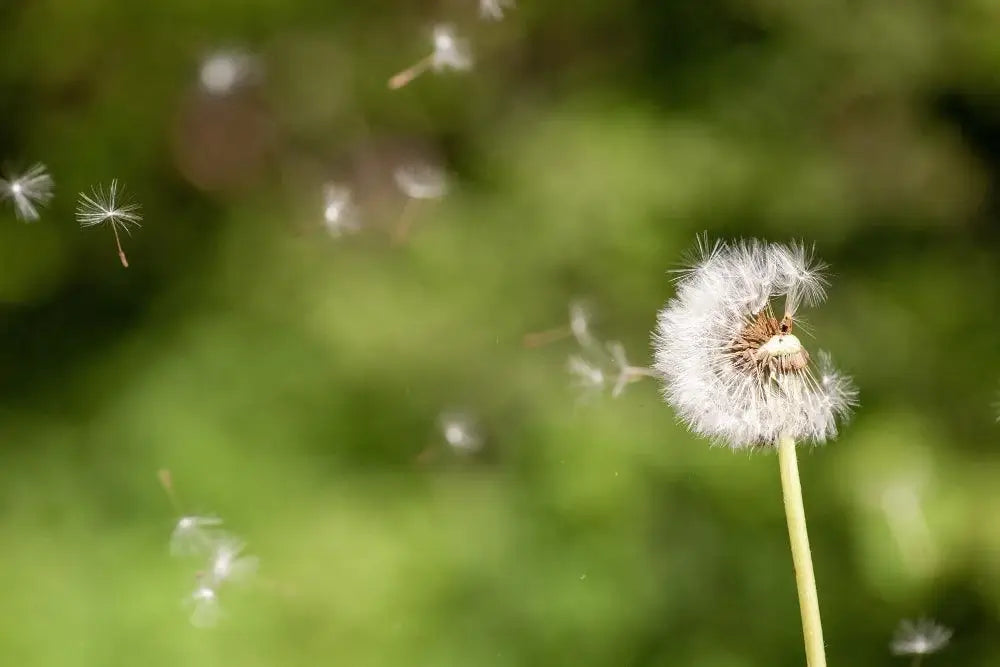
Related products
🌼 UK Pollen Counter
🌼 UK Pollen Forecast & Hay Fever Prevention Guide
If you're someone who suffers from hay fever, knowing the pollen levels in your area can help you manage symptoms and plan your day more comfortably. At Welzo, we’ve created a helpful Pollen Counter tool (see above) that uses average seasonal UK data to forecast the levels of tree, grass, and weed pollen based on your region and time of year. This guide will help you understand the different pollen types, when they peak, what symptoms they cause, and how to manage them effectively throughout the year.
📅 Pollen Seasons in the UK: When Do They Peak?
🌳 Tree Pollen
Tree pollen is typically the first to appear each year, beginning as early as late January and peaking between March and May. In the UK, some of the most common tree pollen types include birch, ash, oak, plane, and sweet chestnut. Birch pollen is particularly aggressive and affects a large number of people in urban areas like London. You’ll often find tree pollen in parks, green belts, and roadside trees, especially during springtime. This type of pollen tends to be very fine, meaning it can travel long distances and still cause allergic reactions.
Tree Pollen Season: February to June
Peak Months: March and April
Main Symptoms: Runny nose, itchy eyes, sneezing, scratchy throat
🌾 Grass Pollen
Grass pollen is the most common hay fever trigger in the UK, affecting about 95% of hay fever sufferers. There are actually two waves of grass pollen: the first occurs in late May and early June, and the second, more intense wave follows in late June to July. Although it’s found nationwide, grass pollen is especially concentrated in rural areas, sports fields, and even suburban lawns. Unlike tree pollen, grass pollen grains are larger, which makes them more likely to settle on surfaces and trigger symptoms through direct contact.
Grass Pollen Season: May to August
Peak Months: June and July
Main Symptoms: Sneezing, nasal congestion, red and watery eyes, fatigue, worsened asthma
🌿 Weed Pollen
Weed pollen tends to appear later in the year and can linger well into September or even October depending on the weather. Common weeds responsible for allergies in the UK include nettle, mugwort, plantain, and dock. Weed pollen is often released in high volumes and can remain airborne for long periods. It’s particularly problematic in overgrown urban areas, gardens, and alongside walking trails and fields.
Weed Pollen Season: June to October
Peak Months: July and August
Main Symptoms: Blocked nose, itchy throat, wheezing, sinus pressure
🗺️ Pollen Levels by UK Region
Pollen levels are not uniform across the country. They vary depending on climate, vegetation, and pollution levels. Here is a general overview of average pollen levels in key UK regions:
South East (London, Kent, Surrey): Tree (High), Grass (Very High), Weed (Medium)
Midlands (Birmingham, Leicester, Nottingham): Tree (High), Grass (High), Weed (Medium)
North West (Manchester, Liverpool): Tree (Medium), Grass (High), Weed (Medium)
Yorkshire (Leeds, Sheffield, Bradford): Tree (High), Grass (Medium), Weed (Low)
South West (Bristol, Bath, Cornwall): Tree (Medium), Grass (High), Weed (High)
East (Cambridge, Norfolk): Tree (High), Grass (High), Weed (Medium)
Scotland (Edinburgh, Glasgow, Aberdeen): Tree (Medium), Grass (Low), Weed (Low)
Wales (Cardiff, Swansea): Tree (Medium), Grass (Medium), Weed (Medium)
Northern Ireland (Belfast): Tree (Low), Grass (Medium), Weed (Low)
Keep in mind that urban centres may have higher overall hay fever symptoms due to a combination of pollen and air pollution, which together intensify allergic reactions.
🌿 What Are the Most Allergenic Pollen Types in the UK?
Not all pollen types affect people equally. Some of the most potent and allergy-triggering varieties include:
-
Birch: Common in parks and woodlands, especially in London.
-
Oak: Found in forests and large estates, pollinates later in the season.
-
Plane Tree: Widespread in urban areas, especially London.
-
Grass Mix (Perennial Rye, Timothy): The leading cause of seasonal hay fever.
-
Nettle and Mugwort: Common urban weeds and garden intruders.
🧬 Symptoms of Hay Fever: What to Look Out For
Symptoms of hay fever range from mild to debilitating and can mimic a cold. The most common include:
-
Sneezing and coughing
-
Runny or blocked nose
-
Itchy, red or watery eyes
-
Itchy throat, mouth, nose and ears
-
Loss of smell
-
Headache or facial pain
-
Fatigue
-
Shortness of breath or wheezing (in people with asthma)
Hay fever can also interfere with sleep and daily focus, reducing quality of life during the peak months.
🛡️ How to Reduce Pollen Exposure
While pollen is impossible to avoid entirely, there are practical steps you can take to reduce exposure:
-
Keep windows and doors closed during high pollen days, especially in the morning
-
Shower and change clothes after being outdoors
-
Dry clothes indoors to avoid pollen settling on them
-
Use pollen filters in your car and home air vents
-
Wear wrap-around sunglasses to protect your eyes
-
Apply barrier balms around the nostrils to trap pollen
-
Avoid gardening or mowing the lawn during high pollen hours (early morning and dusk)
🩺 Hay Fever Treatment Options
For those needing relief, several over-the-counter and prescription treatments can help. These include:
-
Antihistamines: Oral tablets such as loratadine or cetirizine
-
Nasal Sprays: Corticosteroids or antihistamine-based formulas
-
Eye Drops: Designed to relieve itching and watering caused by pollen
-
Barrier Creams: To reduce pollen inhalation
-
Immunotherapy: Long-term desensitisation treatment for chronic sufferers
At Welzo, you can shop a wide range of treatments tailored to your symptoms — from fast-acting antihistamines to soothing eye drops and nasal sprays.
🧠 Frequently Asked Questions
What does a high pollen count mean?
A high pollen count means that there are 50–500+ grains per cubic metre of air. This often triggers symptoms in people who are allergic to specific types of pollen.
Can I be allergic to more than one type of pollen?
Yes, it is very common to have cross-sensitivities. Many people are allergic to both tree and grass pollen, or even all three (including weeds).
Does pollution affect hay fever?
Absolutely. Pollution can damage the lining of your nose and airways, making you more sensitive to pollen and worsening symptoms.
Are there any hay fever-friendly activities?
Yes! Opt for indoor activities such as swimming, gym workouts, museums, or cinema trips during high pollen days. Londoners can explore low-pollen indoor attractions like the London Transport Museum, the Painted Hall in Greenwich, or the Waterloo Vaults.
🌤️ Final Advice
Staying informed is the first step to beating hay fever. Use our Pollen Counter tool above to check your local pollen levels each day, and follow our advice to limit exposure and manage symptoms. With the right routine and the right treatment plan, hay fever doesn’t have to hold you back this season.






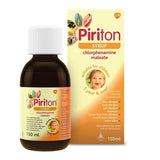

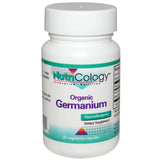




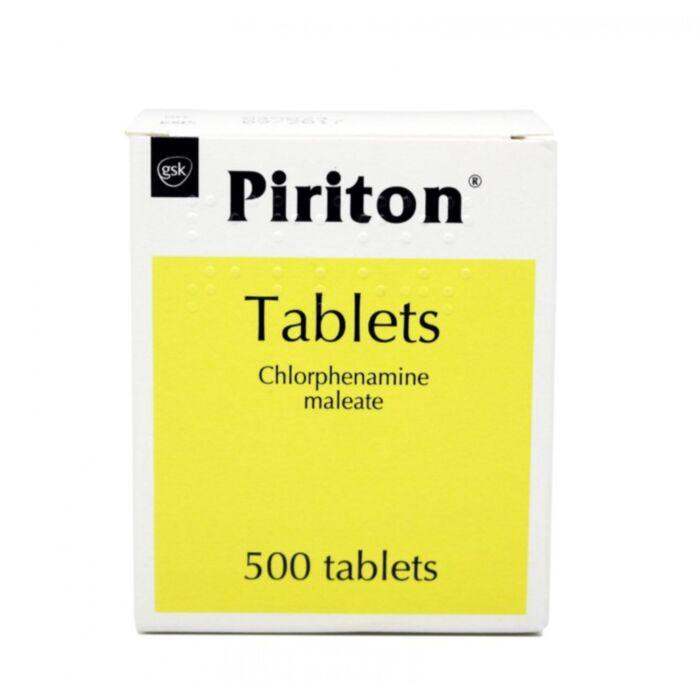










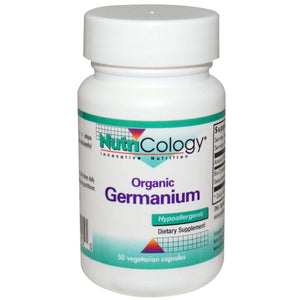






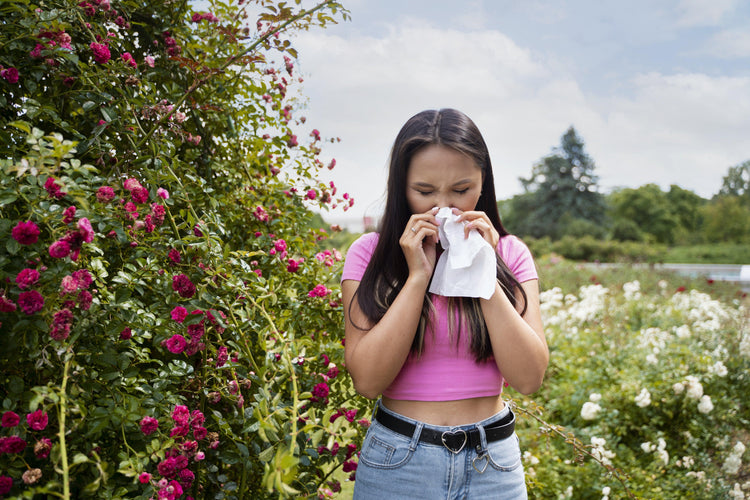



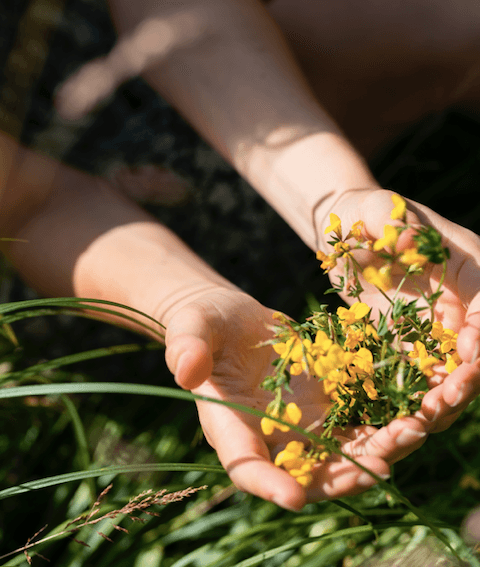

 Rated Excellent by 26,523+ Reviews
Rated Excellent by 26,523+ Reviews